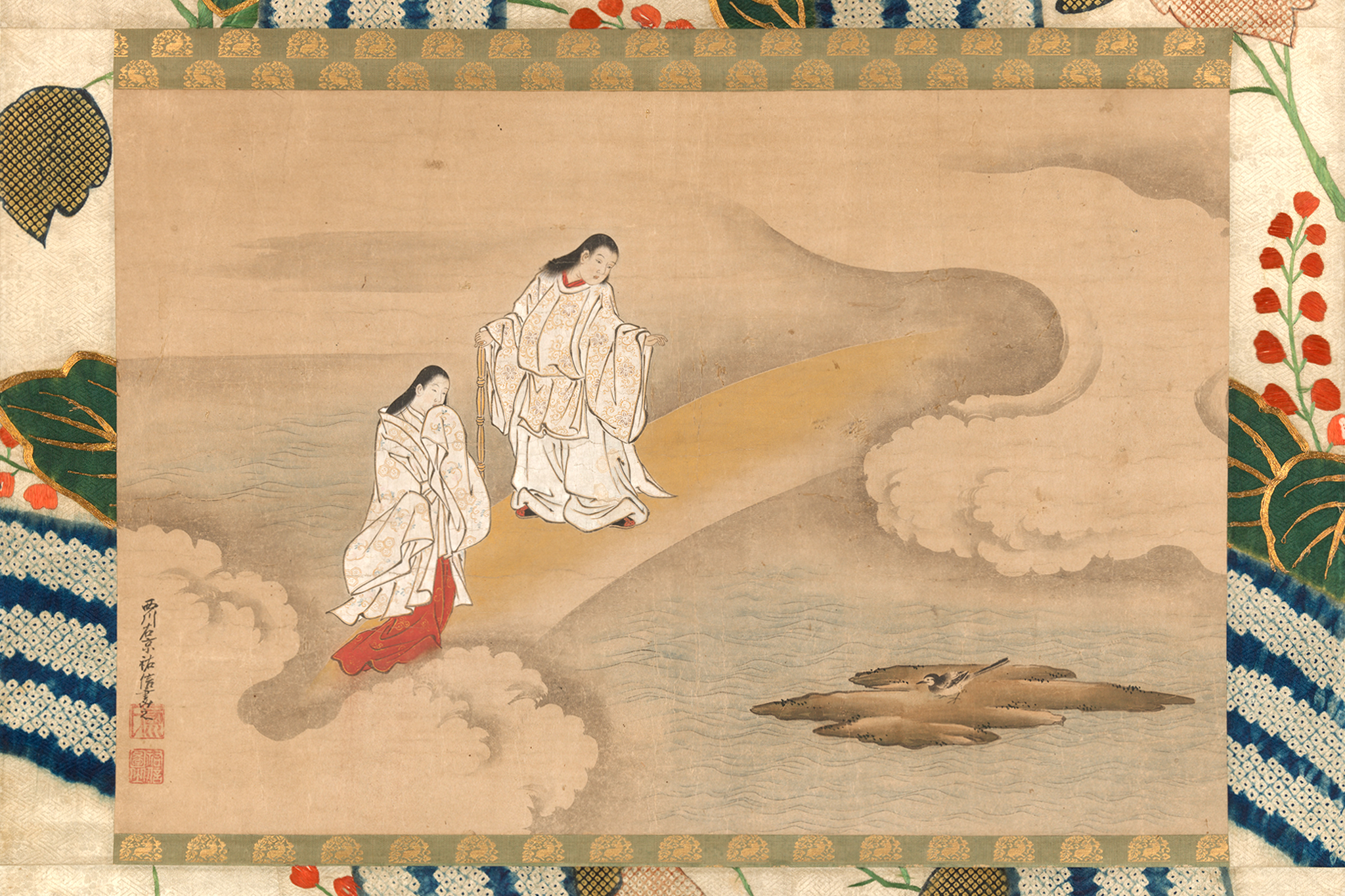All stories have a beginning, and Japan’s is steeped in mythology. Japan’s creation myth is detailed in the country’s two oldest written historical records, the Kojiki (Records of Ancient Matters) and the Nihon Shoki (The Chronicles of Japan). They have slight differences in regard to their stories of how the universe and Japan were created, but the version found in the Kojiki is more commonly referenced.
Japan’s creation myth traces everything from the very beginning of the universe to the birth of Japan and the establishment of the underworld, with plenty of godly drama to go around.
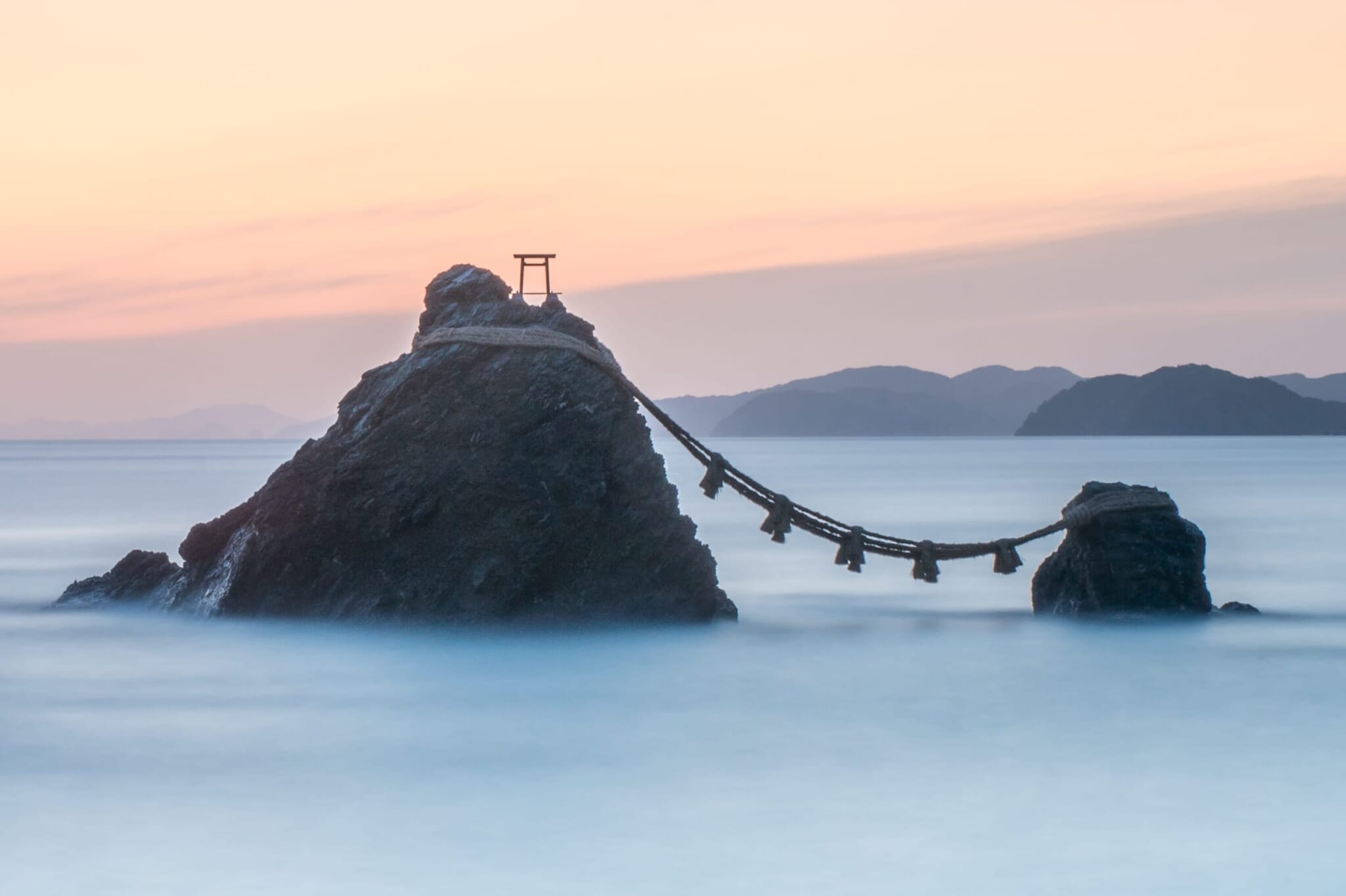
The Birth of the Universe and the First Kami
Like most creation myths, the beginning of the universe is described as a chaotic mass of particles in the Kojiki. Eventually, lighter particles floated up to create takamagahara (High Plain of Heaven), while heavier particles stayed down to form the Earth.
As heaven formed, so too did five of the first kami (deities venerated in the Shinto religion): the kotoamatsukami (Distinguished Heavenly Gods), who had no partners and were formless and genderless. Then followed the emergence of kamiyonanayo (the Seven Generations of the Age of the Gods), many of whom were gendered pairs of gods.
The seventh and final installation of gods that emerged among the kamiyonanayo were the female Izanami no Mikoto and the male Izanagi no Mikoto, who were, like most godly pairs, siblings as well as husband and wife. Said to be the parents of millions of other kami, Izanami and Izanagi eventually became two of the most important gods of Japanese mythology.
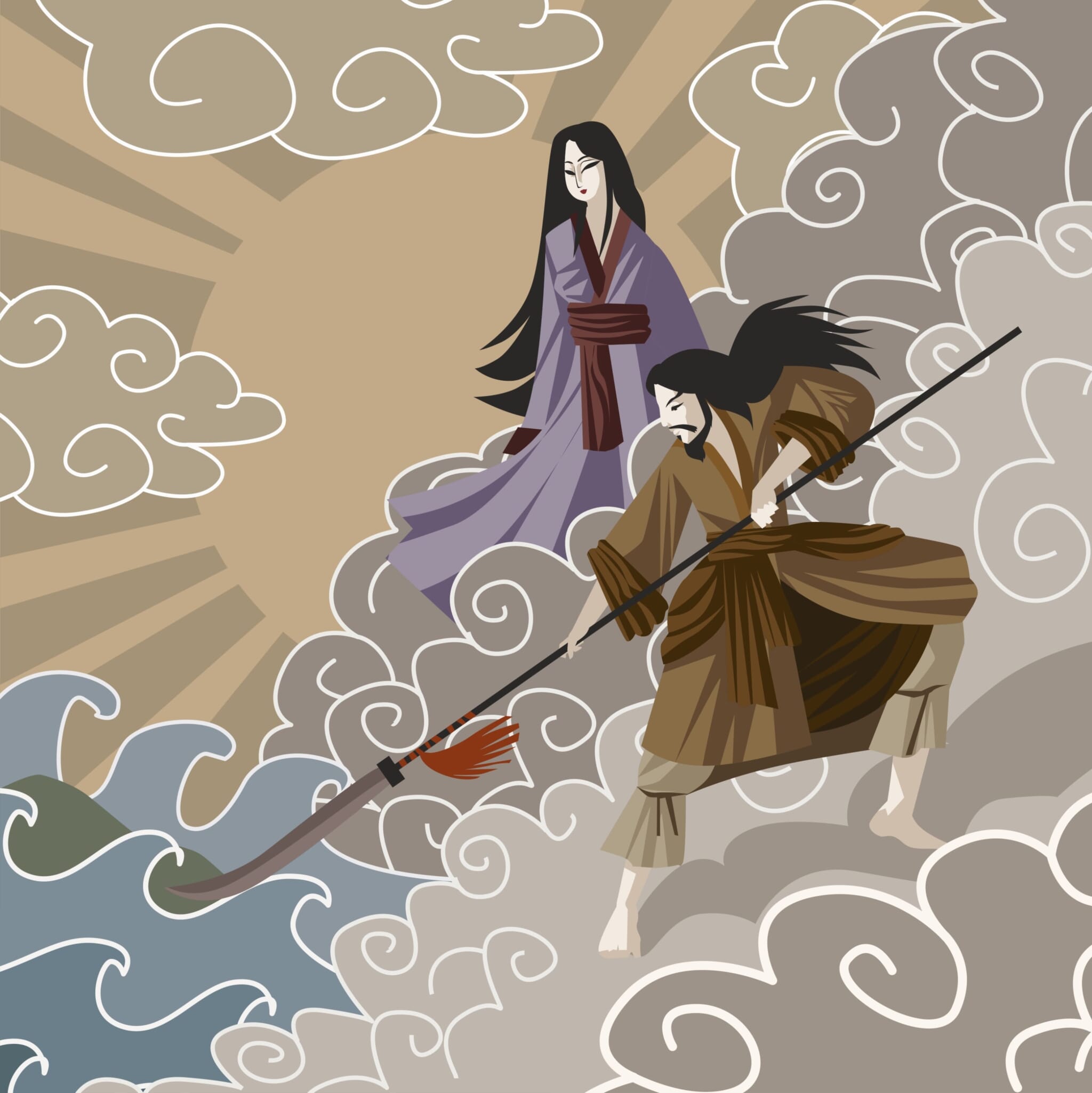
Izanami and Izanagi’s Kuniumi
Izanami and Izanagi were tasked by the older gods with kuniumi — the birth of the country. Back then, the Earth was just a floating mass of water. Izanami and Izanagi stuck a spear into it and stirred its waters. The water that dripped off of the spear created the first island, Onogoroshima. Here the gods descended to create their palace.
Izanagi and Izanami got married by circling a holy pillar atop their castle three times, and soon gave birth to the ooyajima, or the eight great islands: Awaji, Shikoku, Oki, Kyushu, Iki, Tsushima, Sado and Honshu. Islands like Hokkaido were yet to be discovered in Japan, so weren’t included in the story of kuniumi.
Kamiumi: The Birth of Gods
Once the islands of Japan were created, Izanami and Izanagi created several deities, including gods of the sea, mountains and wind. Tragically, Izanami was gravely injured while giving birth to her final child, Kagutsuchi the fire deity, and soon died. Enraged, Izanagi beheaded the newborn kami, and a host of other gods were born from the fire god’s body and blood.
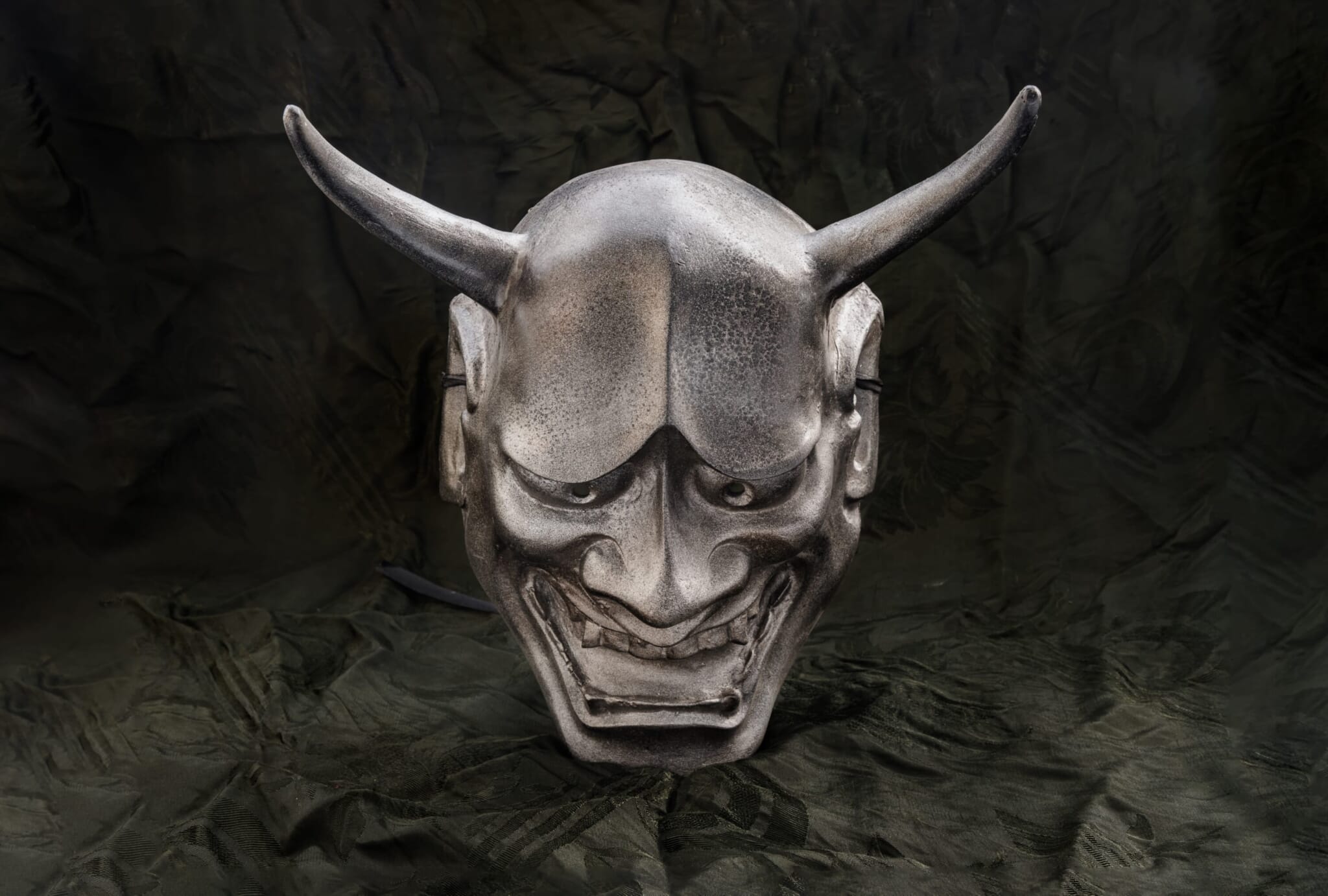
Yomi: The Japanese Land of the Dead
Bereaved and grieving, Izanagi traveled to Yomi — the Shinto underworld — to retrieve his wife. By the time he got there, Izanami had already eaten the fruits of Yomi, making it difficult for her to leave. Upon her husband’s persuasion, Izanami went to plead with the gods of Yomi to release her. Izanami made one request to her husband: to not look at her while they were in Yomi.
Awaiting Izanami’s return, Izanagi grew impatient and began searching for her. To his horror, Izanagi discovered that her body was that of a decaying corpse. Terrified by the state of his beloved, Izanagi fled Yomi, lodging a boulder on the slope connecting the land of the living and the dead to prevent Izanami from following him. This was the last time the two gods saw each other. They dissolved their marriage and this cemented Izanagi’s role as the ruler of the living and Izanami’s as the ruler of the dead.
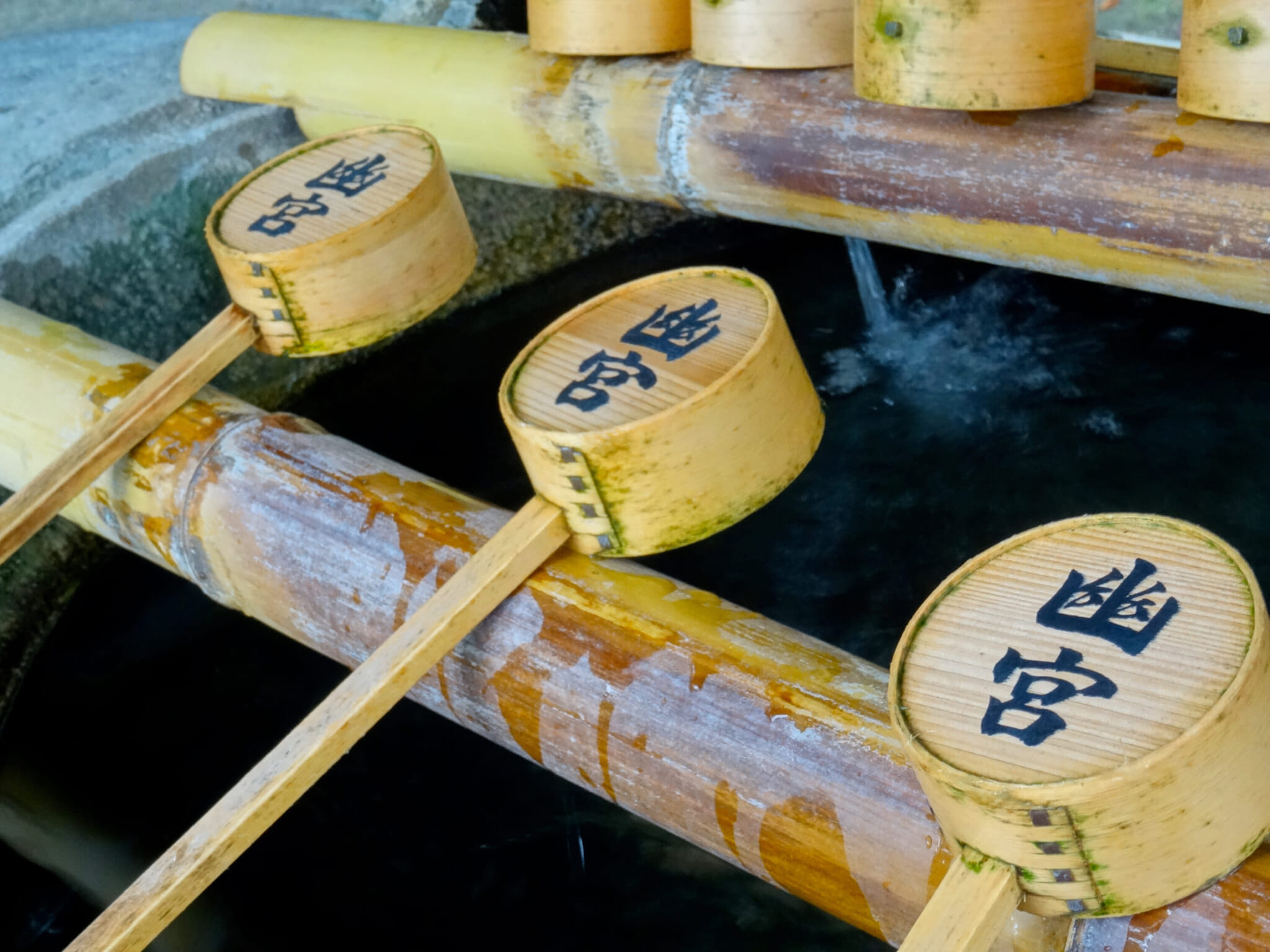
Izanagi’s Purification
After successfully fleeing from the underworld, Izanagi decided to conduct a Shinto purification ritual known as a misogi. As he conducted this purification, Izanagi created several deities, including the Mihashira no uzu no mikoto (Three Precious Children), the three most prominent gods of Shinto mythology.
Amaterasu, the female goddess of the sun, was born from cleaning his right eye, Tsukuyomi, the genderless moon deity, was born from his left eye and Susanoo, the male god of sea and storms, was born from cleaning his nose. This gave birth to the tradition of performing misogi at the entrance of a shrine, to cleanse oneself before entering a holy space.
This chronicle established not only Japan, but the universe, the heavenly realm and the underworld, as well as an elaborate family tree of kami. Flawed and chaotic, the gods of Japanese mythology are quite human-like in their behavior, and continue to rule over the unpredictable and expansive universe.

